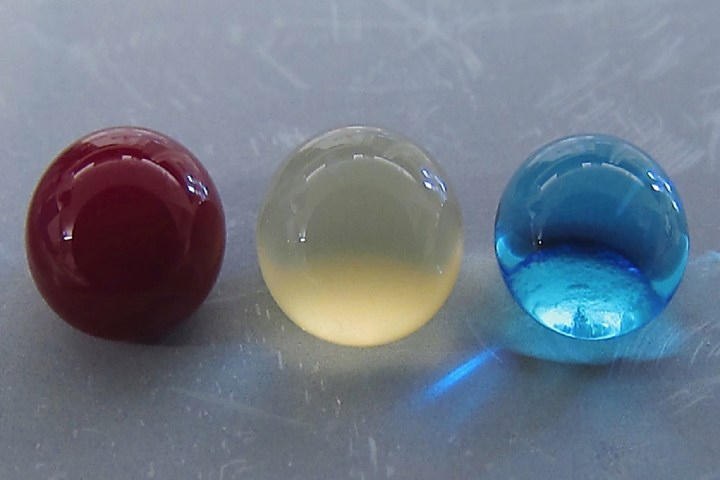
A research project coming out of Colorado State University is suggesting a different, less conventional approach: A new type of “superhemophobic” titanium surface that’s so repellent to blood that, in theory, your body won’t even realize an implant is there.
“Researchers have been working to try and make implants that blood likes enough to be compatible,” Arun Kota, assistant professor of mechanical engineering and biomedical engineering, told Digital Trends. “We wanted to do the opposite: To make it so that implants are so repellent to blood that blood can’t even contact its surface to make it wet. In a sense, we’re tricking blood into thinking there’s nothing there at all.”
Kota’s lab has worked extensively to develop coatings and surfaces that are repellent to liquids, although this is one of his first dives into this kind of medical implant.
The material developed for this project — in conjunction with Ketul Popat, an associate professor in the same department — starts out as a regular sheet of titanium, the standard material used for medical implants. It is then chemically altered in a way that results in the total rejection of liquids, meaning that there is a barrier between the implant and a person’s blood. That means no clotting and, hopefully, a greatly reduced risk of your body rejecting an implant.
At present, this is still a research project, although Kota said he hopes it will eventually be used in human patients.
“There is still a way to go before it can be commercialized, but we’re excited about the result,” he said. “Right now, we’ve only looked at a couple of parameters, platelet adhesion and activation. The next step is to look at other parameters that influence hemocompatibility. Once we’ve done that, we want to go to in vivo studies in which we intend to implant a superhemophobic surface in a live animal, before we go through an FDA approval process to get these medical implants ready for humans.”


